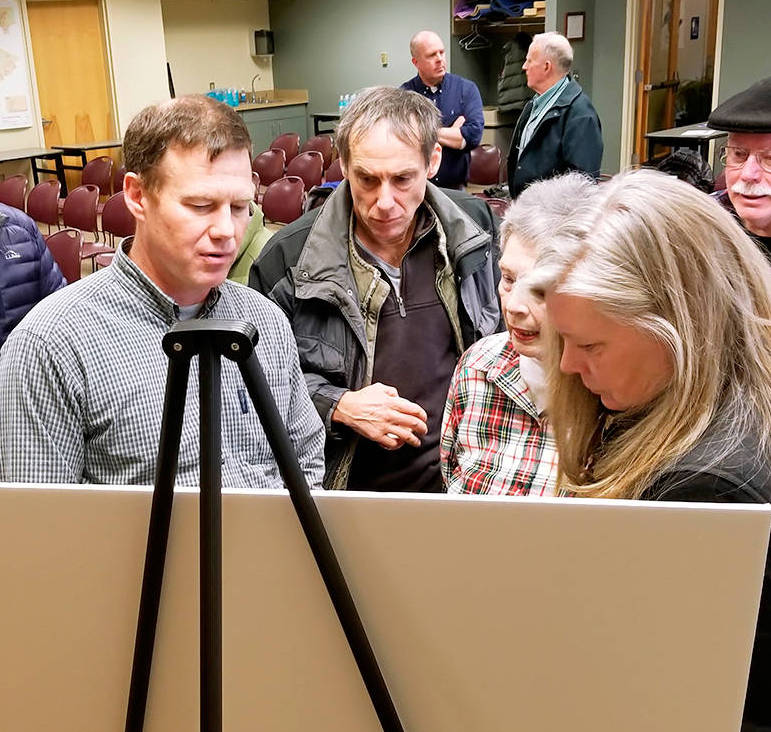by Miles Becker
Sounder contributor
Airport Manager Tony Simpson’s experience with the Airforce and Boeing helped him keep the Orcas airport running smoothly.
Now, after more than five years in his position, Simpson – who has a joy of flying and pride in the island – is moving on.
“I don’t think there is an award for ‘Best Small Airport’ in Washington, but if there was, I would want this airport to win every year,” he said.
Simpson is leaving by Feb. 24 to be a full-time pilot. So far, there have been 100 applicants for the position. Port Commissioners will make the new selection as soon as possible for a seamless transition.
Simpson sees the airport as a major asset for Orcas. Local pilots fly off-island for errands or services, and the airport’s instrument approach makes medical evacuations safe and reliable. Passenger planes bring tourists and commuting contractors who service island homes and business. Cargo planes supply residents with packages delivered by FedEx, UPS and Amazon.
Simpson and one part-time assistant take care of the facilities for all those planes, packages, and people. Despite the diverse workload, he finds managing the airport “rewarding in many ways because you get to support your community.”
Simpson moved the San Juans from a Boeing job in Japan. His wife, Blythe, grew up on Orcas, and they wanted to return home with their children. He attributes pilot satisfaction to good service and a relaxed attitude.
“We answer the phone, we call people back, and if they park a little too long their car isn’t towed,” Simpson said.
Community controversy around the Port of Orcas has spiked recently with proposed changes to the new Master Plan, which will be finalized this spring.
“There are at least 100 people, probably 200 people, who think the Master Plan is Armageddon and will be the death of this island,” he said.
“There are at least 100 people, probably 200 people, who think the Master Plan is Armageddon and will be the death of this island,” he said.
The plan will widen the runway to accommodate aircraft with wings up to 75-feet wide. Public concern is about potential impacts such as more engine noise, tourist crowding and second homeowners and vacation rentals squeezing out affordable housing for locals.
Simpson says he recognizes that these are real problems facing islanders but he doesn’t see a clear link to airport operations. The Federal Aviation Administration requested the airfield changes to accommodate take-off and landing of nine-passenger Cessna Caravans, which are already using the runway. Caravans can be quieter than smaller two-passenger planes and require fewer flights. Total airport length will always be restricted by the space available and excludes much louder and fuller multi-engine planes.
Compared to the 1 million passengers and 950,000 vehicle drivers arriving by ferry in 2017, Simpson believes the 10,000 or so planes landing on Orcas is relatively slight. He says that overdue improvements at the airport are as necessary as improvements to the ferry system.
The Master Plan, supported or opposed, will proceed without Simpson. There is an aspect of long-term strategic planning that he finds satisfying, but it doesn’t compare with being in the air every day.
“(As a pilot) you have a mission to accomplish right now, today, and you come in, you plan for that, you do that, you succeed or fail, and you go. … what can I do better tomorrow?” Simpson said.




